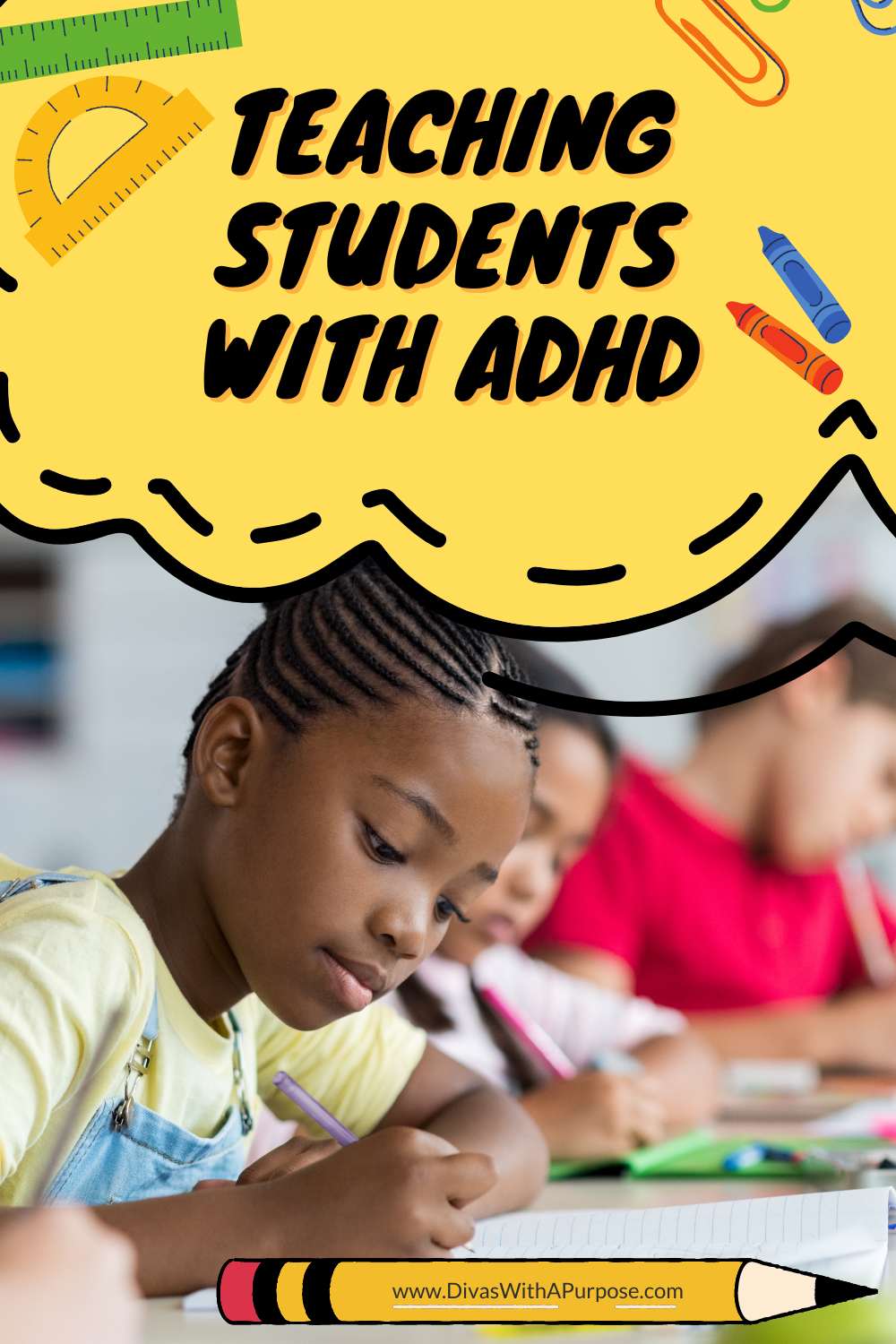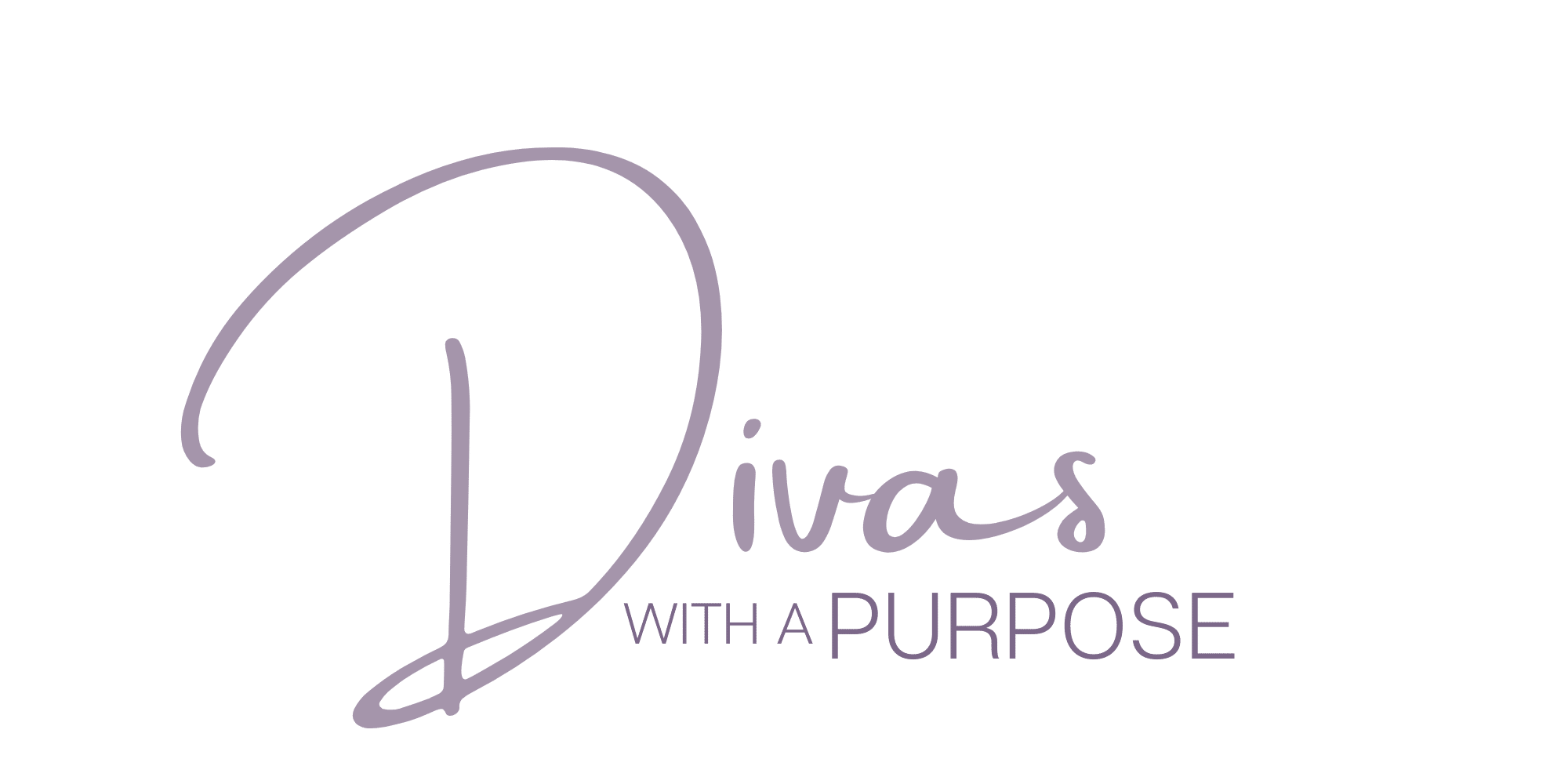Teaching Students with ADHD
Teaching students with ADHD presents unique challenges, but with the right strategies, educators can create an engaging and productive classroom environment. Children with ADHD often struggle to concentrate, follow instructions, and control impulsive behaviors. Implementing targeted teaching techniques can significantly improve focus and learning outcomes for students with ADHD.
Effective classroom management for ADHD students involves clear routines, consistent expectations, and frequent transitions between activities. Teachers can support these learners by providing advance notice before switching tasks, breaking assignments into smaller chunks, and offering regular movement breaks. Additionally, incorporating multisensory learning experiences and hands-on activities can help maintain interest and engagement.
Supportive accommodations may include preferential seating, minimizing distractions, and utilizing visual aids to reinforce instructions. By understanding the specific needs of students with ADHD and employing tailored strategies, teachers can foster a positive learning environment where all students can thrive. Exploring how to focus with ADHD can provide valuable insights for both educators and students. Also, please note that this content is not professional advice; consult a medical professional for guidance.
Key Takeaways
- Clear routines and consistent expectations support ADHD students in the classroom
- Multisensory learning and hands-on activities help maintain engagement
- Tailored accommodations and strategies can significantly improve focus for ADHD learners

Strategies for Classroom Engagement
Teachers can implement effective strategies to keep students with ADHD engaged and focused in the classroom. These approaches address the learning environment, behavior management, and instructional methods.
Creating an ADHD-Friendly Learning Environment
Classroom setup plays a crucial role in supporting students with ADHD. Seating arrangements should minimize distractions. Place students near the teacher and away from windows or high-traffic areas. Use desk dividers or study carrels to reduce visual stimuli.
Organize materials clearly. Label shelves and storage areas. Provide individual containers for each student’s supplies. This helps reduce clutter and supports organization skills.
Implement a visual schedule. Display a daily routine chart with pictures or symbols. This aids transitions between activities. Use timers to signal upcoming changes.
Reduce noise levels. Consider using noise-canceling headphones or designating quiet work areas. Soft background music may help some students concentrate.
Behavior and Classroom Management Techniques
Establish clear rules and expectations. Post these visibly in the classroom. Use simple, positive language. Review rules regularly.
Implement a token economy system. Students earn points or tokens for positive behaviors. These can be exchanged for small rewards or privileges.
Provide frequent feedback. Use nonverbal cues like thumbs up or a gentle tap on the shoulder. Offer specific praise for on-task behavior.
Use behavior contracts. Work with students to set achievable goals. Review progress regularly and adjust as needed.
Incorporate movement breaks. Allow students to stand, stretch, or do quick exercises between tasks. This helps release excess energy and refocus attention.
Designing Effective Instructional Methods
Break tasks into smaller, manageable steps. Provide clear, concise instructions for each part. Use checklists to help students track their progress.
Incorporate multi-sensory learning. Combine visual, auditory, and hands-on activities. This engages different learning styles and maintains interest.
Use visual aids. Employ charts, diagrams, and graphic organizers. These help students organize information and see connections.
Vary instructional pace. Alternate between high and low-energy activities. This helps maintain engagement throughout the lesson.
Provide choices. Allow students to select from a list of approved activities or assignment formats. This promotes autonomy and motivation.
Supportive Techniques and Accommodations
Teachers can implement various strategies to support students with ADHD in the classroom. These techniques focus on individualized support, positive behavior reinforcement, and incorporating movement to enhance focus and engagement.
Individualizing Support for Students with ADHD
Customized accommodations are crucial for students with ADHD. Teachers should collaborate with parents and healthcare providers to develop an Individualized Education Program (IEP) or 504 Plan.
Common accommodations include:
- Extra time for assignments and tests
- Preferential seating near the teacher
- Breaking tasks into smaller, manageable chunks
- Providing written instructions alongside verbal ones
- Using visual aids and graphic organizers
These adjustments help address attention difficulties and hyperactivity, allowing students to better access the curriculum and demonstrate their knowledge.
Promoting Positive Student Behavior
Positive reinforcement plays a key role in supporting students with ADHD. Teachers should focus on praising desired behaviors and accomplishments.
Effective strategies include:
- Immediate and specific feedback
- Creating a token or point system for good behavior
- Implementing a daily report card to track progress
These approaches boost self-esteem and motivation. Consistent praise helps students recognize their strengths and encourages them to maintain positive behaviors.
Incorporating Movement and Breaks
Regular movement opportunities can significantly improve focus and reduce hyperactivity for students with ADHD. Teachers should integrate physical activity into the school day.
Effective techniques include:
- Short movement breaks between lessons
- Allowing students to use fidget tools
- Incorporating active learning strategies
Simple exercises like stretching or brief yoga poses can help students refocus. Providing options for standing or alternative seating can also benefit students who struggle to sit still for extended periods.
Teachers have many effective strategies to support ADHD students in the classroom. Establishing clear routines, using visual aids, and breaking tasks into smaller steps can help these students stay focused. Engaging students through teacher-directed activities and teaching note-taking skills improves attention and comprehension. Creating a structured environment with consistent rules and expectations is key. By implementing these approaches, educators can foster a more inclusive and productive learning environment for all students.

